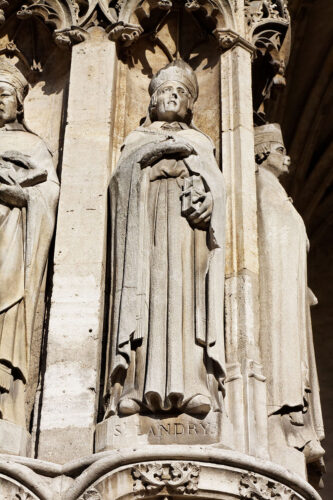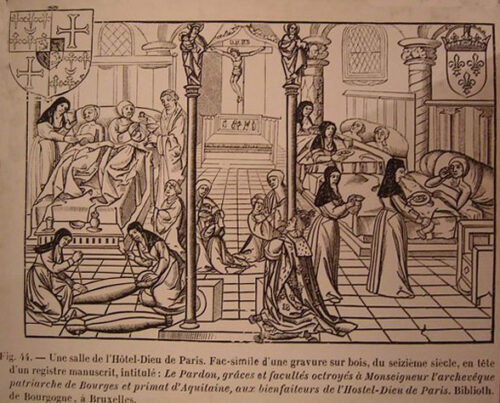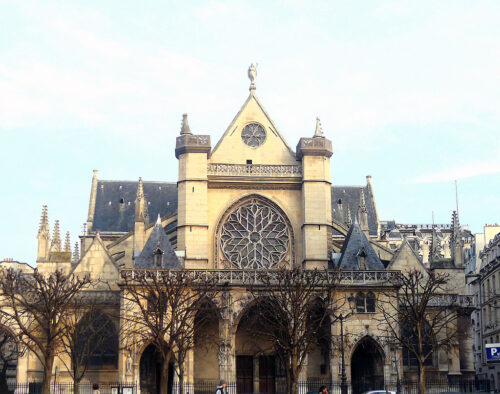Childhood
After 395 the Roman Empire was permanently split in West and East. The West crumbled under the weight of consecutive invasions. In the Spring of 451 Attila the Hun launched a campaign against Gaul with a massive army that had within it warriors from about ten different Germanic vassal tribes. The sprawling Empire of the Huns and especially Attila had already caused a sort of frenzy in the Romanized world from the time of his ferocious attacks against the Eastern Roman Empire (440 to 450 ad) with every city in the east and west talking about the scourge of God. When his army approached Paris in 451 AD the people of the city started to pack their belongings. A young nun with the name of Genevieve (Genovefa in Latin) who had already gained the respect of the Parisians with her piety, managed to convince them not to abandon the city but stay and pray instead. Remarkably enough the people listened and decided to trust in the power of prayer. When Attila bypassed Paris and turned to Orleans instead, the people were convinced that it was Genevieve’s intervention and their prayers that saved the city.

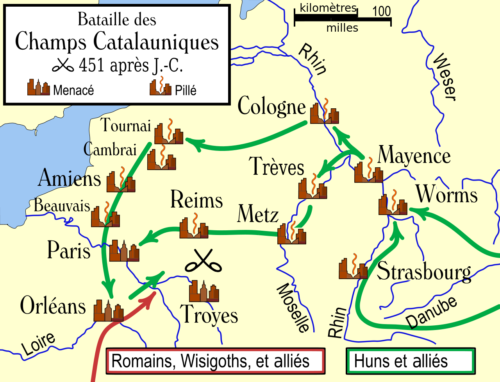
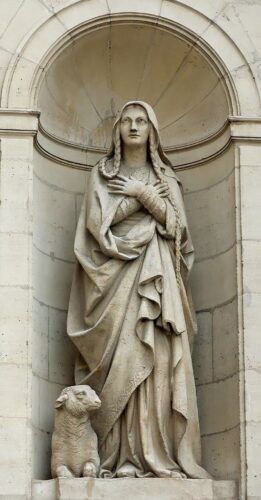
In 465 with Genevieve now being a prominent municipal magistrate it was the turn of Childeric I, King of the Franks and first of the Merovingian dynasty to come to Paris. It seems Genevieve managed to secure a meeting with the Frankish king and somehow win his trust. Despite the siege she would manage to supply the city several times with grain and help the people withstand the blockade.
Paris remained under the jurisdiction of the (last) Roman governor of Gaul, Syagrius until Childeric’s son Clovis achieved a great victory at the Battle of Soissons in 486 that cemented their primacy in the region. King Clovis finally managed to enter Paris, with the consent of Genevieve, who had by then become the city’s leading political figure. Clovis also yielded to Genevieve’s charm. He ordered the establishment of an abbey in her honor where she could minister the people of Paris (Abbey of St Genevieve). She was buried at that abbey sometime after 500 AD and was almost immediately recognized as a patron saint of the city. She is venerated today by both the Catholic and the Orthodox Church.
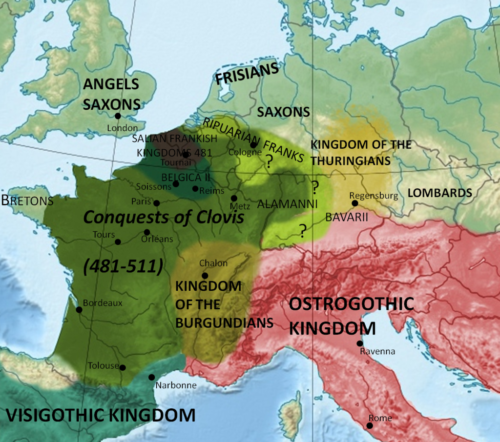
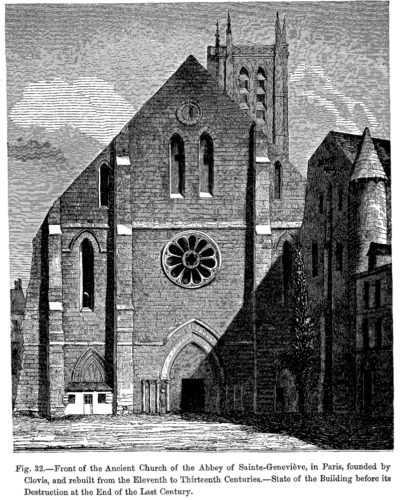
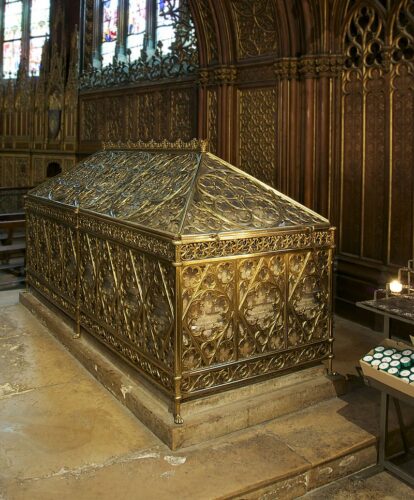
Another female Saint, Saint Clotilde, (King Clovis’s wife) would prepare the ground for Clovis’s conversion to the Roman Catholic faith. The king’s pledge to convert may have been the outcome of his wife’s persistence but his decision was only taken after an unexpected victory against the Alemanni in the Battle of Tolbiac in 496. He was baptized by the hands of another Saint, Saint Remi along with 3.000 of his warriors on Christmas day 508 AD (the exact year is still questioned by historians) in Reims (129 km northeast of Paris). Earlier that year the first Roman Catholic King of the Franks had decided to make Paris the capital city of his new kingdom. The importance of his political and religious decisions is still considered to be fundamental for France. After his death in 511 AD he was laid to rest next to St Genevieve in the Abbey of St Genevieve. Saint Clotilde would also be buried with them after a few years.
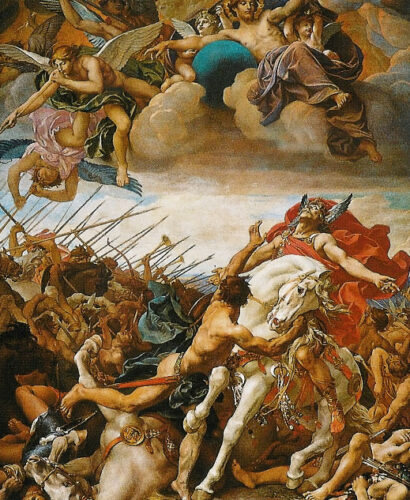
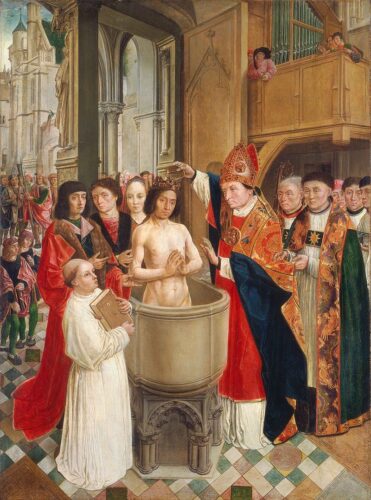
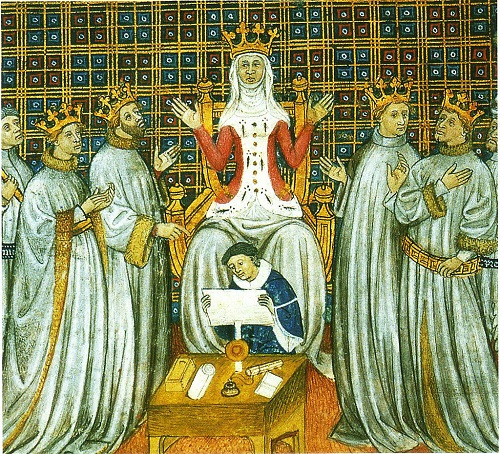
As the capital of the Frankish kingdom, Paris would flourish despite the short-term divisions of the realm between future heirs. The foundations of the political unity of Francia were laid by the so-called Salian law system, compiled by King Clovis I and his dignitaries and published sometime between 507 and 510. The laws were in reality a road map for the unification of Gaulish customs, Roman law and Frankish inheritance. In those times a kingdom’s capital meant that along with its political prestige which was elevated per se, the city had to rise to the role of a religious center as well. By the year 540 a large basilica dedicated to Saint Etienne had been erected on the Ile de la Cité. The basilica was erected on a site where an old Gallo-Roman temple of Jupiter that was turned into a paleochristian church when Christianity became the dominant religion and would later evolve into Notre-Dame.
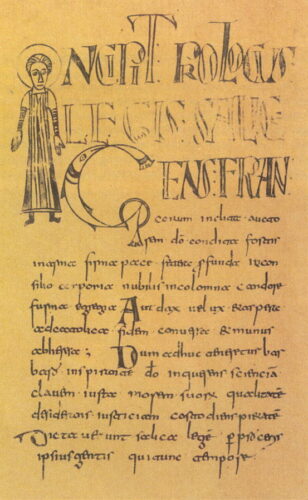
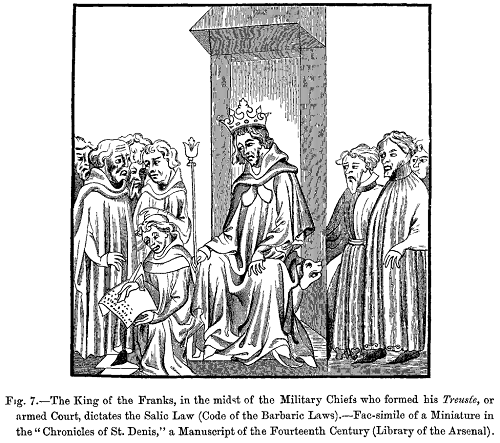
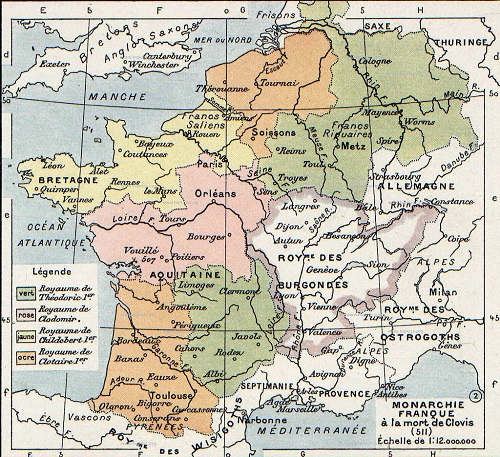
In 555 with Paris having already hosted two ecclesiastical councils, Germain is chosen by the King of Paris Childebert I (one of the four Frankish kings following Clovis I’s death), to serve as the bishop of the city. Germain was at the time a former abbot of the Abbey of Saint-Symphorien who had been deposed because of his generous policy towards the poor, that made his fellow monks mutiny against him in fear of the abbey’s future standing. Bishop Germain would attend in two ecclesiastical councils in 557 and 573, that were both held in Paris. In 558 King Childebert I managed to fulfill his 15-year pledge for the construction of a church that would house a relic of St. Vincent. A few days later Childebert would be buried in the new Church that would serve as the official burial place of many Merovingian kings. It would evolve into the Abbey of Saint-Germain-des-Prés. After his death in 576 Bishop Germain became a Saint venerated by both the Orthodox and the Catholic Church. For hundreds of years in times of plague and crisis, his relics would be carried in procession through the streets of Paris.

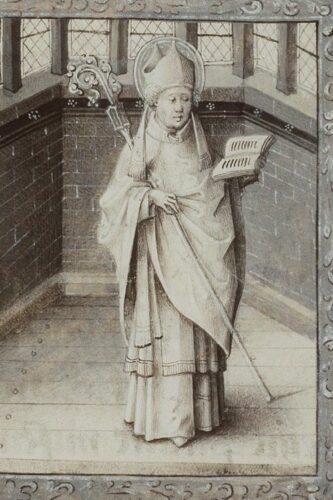

A dark period followed marked by great fires that obliterated the majority of the city’s houses, that were still then plain wooden hatches, leaving only the churches built in stone behind. It was also marked by the civil wars between the Merovingian heirs that obstructed trade and drew the attention of the rulers to the battlefields and not the betterment of their cities. It was a time of re-ruralization, of prosperity for local bishops and empowerment of feudal lords. The latter controlled the land with their castles and held high positions in the army of the king or even in the enemy army if their interest dictated so. The Edict of Paris issued by King Chlothar II in 619 is a formal testament of regal concessions to the country’s magnates and lords.
In the year 628 the last effective Merovingian King Dagobert I takes over and actually rules his kingdom from Paris. Dagobert would order the construction of the famous Abbey of St. Denis. He would be the first of the 43 kings and 32 queens to be buried there until the 19th century. “So much industry did he lavish there, at the king’s request, and poured out so much that scarcely a single ornament was left in Gaul and it is the greatest wonder of all to this very day” according to the Vita of Saint Eligius that describes the shrine built to house the Saint’s relics.
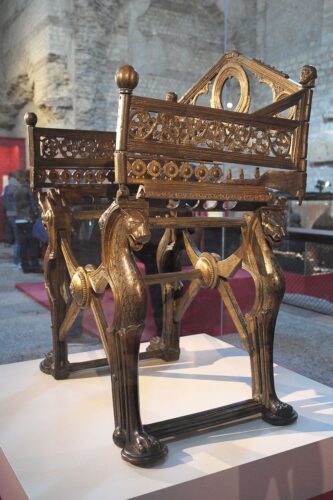
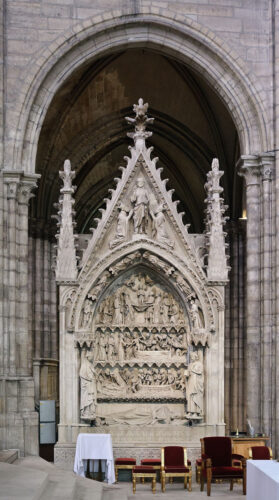
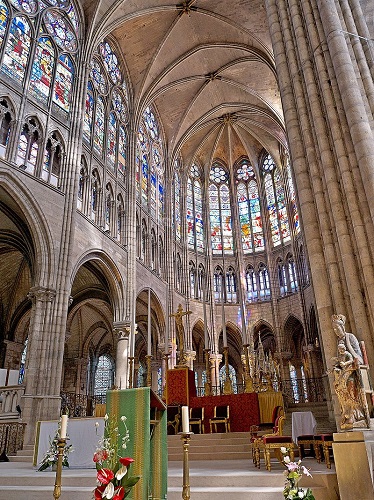
In 650 AD a former officer at the Royal Chancery named Landry becomes bishop of Paris. A year later a great famine is recorded. Bishop Landry sells all his personal property, including some liturgical objects in order to buy food and distribute it to the hungry and poor. With his knowledge of administrative matters being more than adequate and his concern about the people in need being high, the bishop managed to create Hôtel-Dieu, the first hospital institution in history to receive all the poor and the sick without distinction and the oldest worldwide still operating today. According to the tradition he was also the one who created the Church of Saint-Germain l’Auxerrois (next to the Louvre Palace today), a church which became the main parish church of the French kings in the 7th century. After his death in 656 Bishop Landry (St. Landry of Paris) became the fifth pastor from Paris to be canonized.
